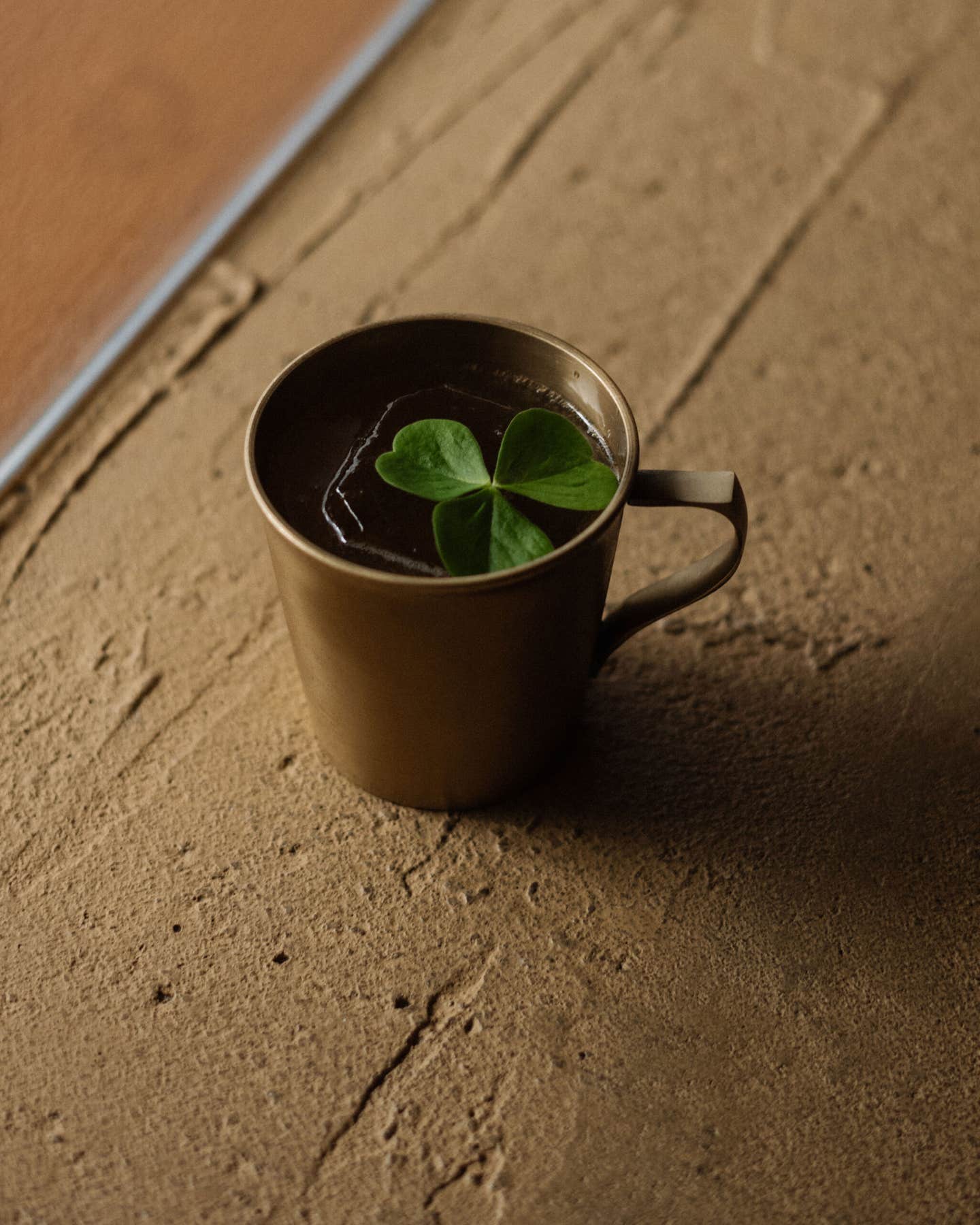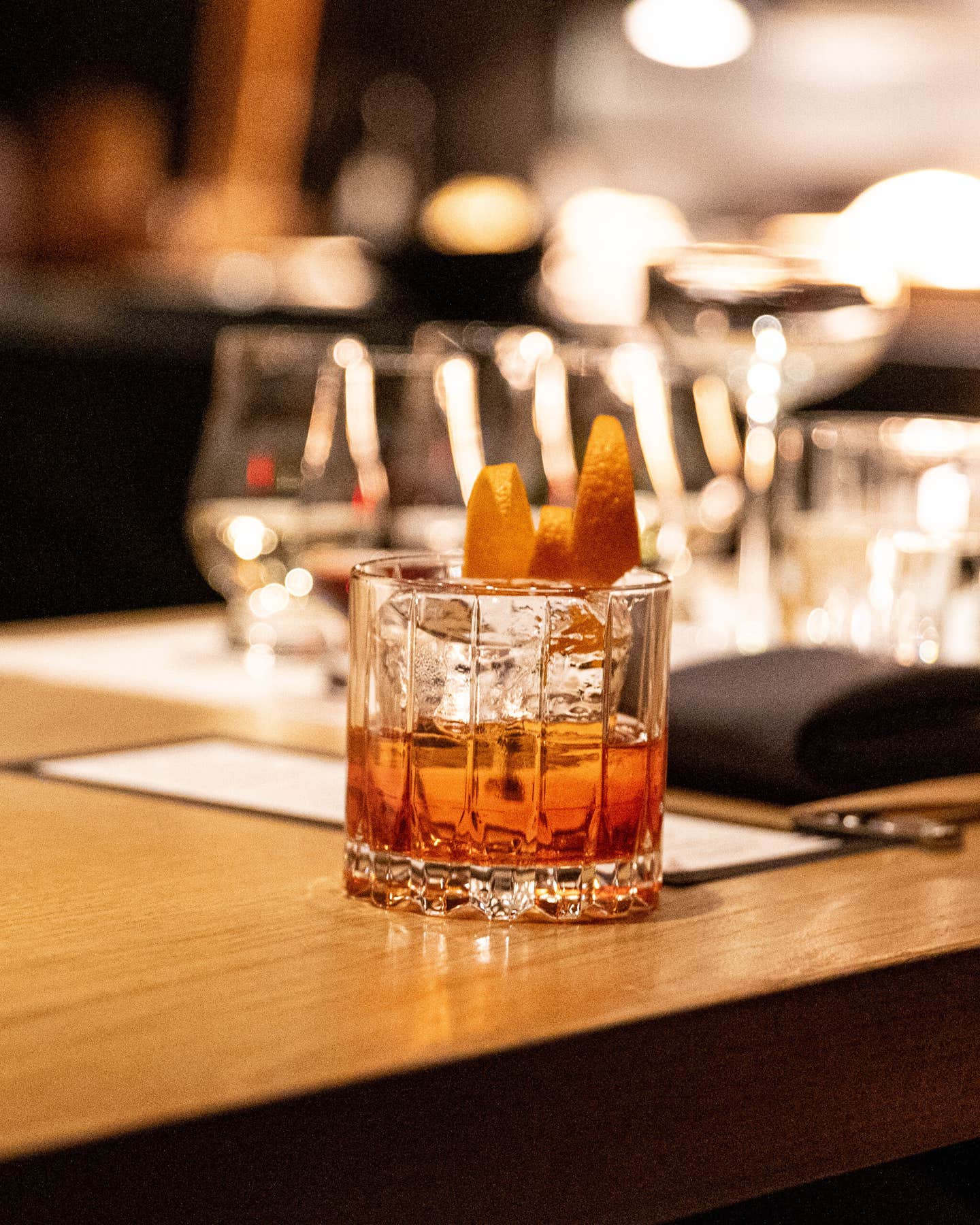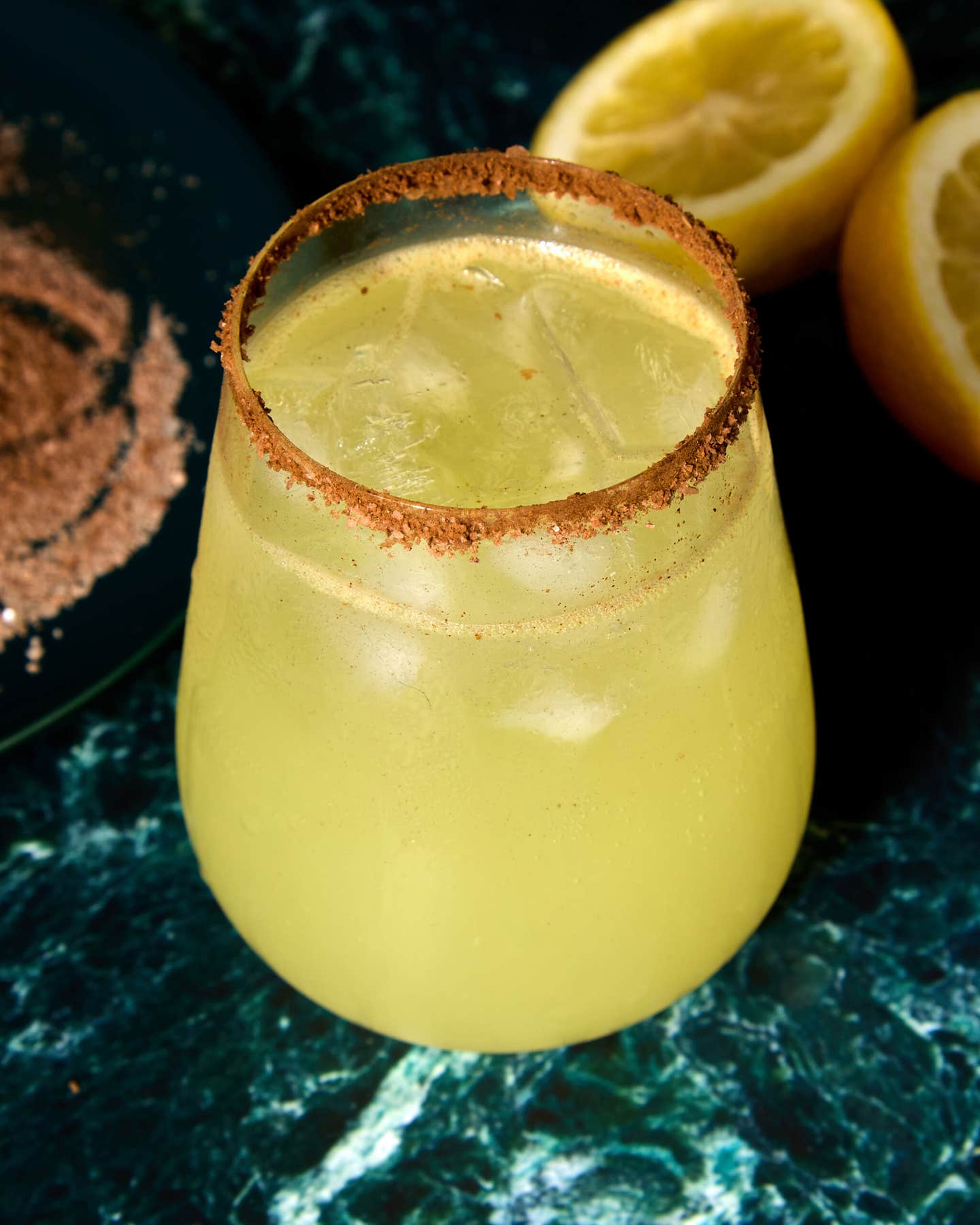
Meritage Milestone
Back in 1988, a small group of Northern California vintners—led by Mitch Cosentino from Cosentino Winery, Julie Garvey from Flora Springs, and Agustin Huneeus from Franciscan and later Quintessa—introduced a brand-new term into the American wine-drinking vernacular. Their simple but ambitious dream: to establish an entirely new type of wine or, rather, to create a new name for wines they were already making—specifically, blends modeled on classic European wines. Their particular model was bordeaux, though some of their contemporaries later worked to emulate other wines—southern Rhone blends, for example. Exasperated by the prevailing system for naming new-world wines, which required labeling the bottle with the name of the principal grape the wine contained—cabernet sauvignon, pinot noir, chardonnay, and so on—Cosentino and his compatriots wanted to emblazon their bottles, which didn't contain wines made from a single, dominant grape variety, with a word that would instill cachet. Some of them had already given their proprietary blends catchy monikers—"The Poet", in the case of Cosentino's blend; "Trilogy", in the case of Garvey's; and "Magnificat", from Huneeus—but these winemakers desired something more. They wanted consumers to think of their wines as part of a winemaking legacy, like that of Bordeaux. So, they gave us meritage (the accent is on the last syllable).
Two decades later, the term, a hybrid of the words merit and heritage, has become a familiar one to many wine lovers, and top examples of meritage wines, some now being made outside California, have gone from strength to strength. The original wish, however, remains largely unfulfilled. Cosentino, Garvey, Huneeus, and those who followed them had hoped that this new word would help consumers think of American and other new-world wines in something other than simple varietal terms. That has never really happened. Makers of many of the New World's most lauded bordeaux-style blends do not bother to use the meritage designation, and even more significantly, the sense of tradition that the word is meant to evoke is still mostly foreign to the wines themselves.
Actually, the story of meritage, and the roots of the obstacles its proponents have faced over the past 20 years, go back to well before the 1980s. Labeling a wine with the name of the principal grape used in making it started to become standard practice in the United States about 50 years ago. Before then, American wines were usually identified by foreign names like burgundy and chablis, even though what was in the bottle rarely bore any resemblance to the European original. Indeed, for much of its history, American winemaking showed little regard for old-world models. In Europe, tradition and regulation generally required that wines bearing specific designations—usually the name of the region or the village where they came from—be made with certain varieties of grapes according to established methods. American wines, by contrast, often contained a mishmash of grapes that could change from vintage to vintage and even from bottle to bottle, regardless of the name on the label. Some grapes used back then were better suited to eating, and even those appropriate for quality winemaking were sometimes harvested at the wrong moment, since a single vineyard would often contain several different varieties that ripened at different times.
The move toward varietal labeling began to happen during the decades following Prohibition. In the 1930s and '40s, the influential wine writer and merchant Frank Schoonmaker urged American winemakers to improve quality by growing better grapes, particularly the so-called noble varieties used for making classic European wines, and to name their wines after what was in them. A generation would pass before varietal labeling became commonplace, but Schoonmaker's promotion of the idea played an important part in the overall rise in the quality of American wine. When American vintners started growing those "noble" grapes, many of them also began to model their wines on the finest European ones made with them—white burgundy in the case of chardonnay, for example. Then, when some of those varietally labeled wines began besting their French counterparts in well-publicized events, most notably a celebrated tasting in Paris in 1976 at which a Stags' Leap cabernet, from Napa, shared first prize, American wine emerged as a serious player on the world stage. American tastes and buying habits soon fell into line, as consumers began developing predilections for particular varietals as much as for particular regions.
Cosentino, Garvey, and Huneeus recognized a couple of problems inherent in the American system for naming wines. The first was that many of the world's finest wines are not the product of a single varietal. Champagne, chateauneuf-du-pape, chianti, port, rioja—all those legendary wines are frequently made with a blend of grapes. So too are many of the famed wines of Bordeaux: cabernet sauvignon is usually the dominant grape in red classified-growth bordeaux, but cabernet franc, malbec, merlot, and petit verdot all have important roles. The second problem was the United States' own labeling laws, which require that any varietally designated wine contain at least 75 percent of a single grape. Not surprisingly, these ambitious American vintners chafed at this regulation. What if their best wine contained only 60 percent of a certain grape? Regrettably, the only legal designation for such a blend was "table wine", a term that many American consumers tended to associate with cheap jug wines.
The word meritage was coined by a Newark, California, supermarket-chain wine buyer named Neil Edgar, who submitted it as an entry in a contest organized by Cosentino, Garvey, Huneeus, and about a dozen other California vintners, who had formed an organization that would become the Meritage Association. For the word meritage to appear on a label today, the winery that makes it must belong to the association (joining requires a modest fee) and the wine in question must be made from a blend of two or more bordeaux grape varieties. For red meritage, those include Bordeaux's traditional "big five"—cabernet sauvignon, merlot, cabernet franc, malbec, and petite verdot—as well as three more-obscure but still traditional varieties: carmenere, gros verdot, and st-macaire. Similar regulations apply to the handful of wineries that make white meritages, which must contain a blend of at least two of the following three varieties: sauvignon blanc, sauvignon vert, and semillon. No matter red or white; a contemporary meritage may not contain more than 90 percent of any one grape variety.
The Meritage Association now has more than 200 members. More are located in California than anywhere else, but its membership has expanded to embrace wineries throughout the United States, as well as a handful in other countries. A few, like Quintessa in the Napa Valley and Chateau Ste. Michelle in Washington State, consistently produce blends of remarkable finesse and depth that can hold their own against top bordeaux. Yet thousands of wineries throughout the world make blended wines, some of them just as highly acclaimed, with traditional bordeaux grapes without using the word meritage. Insignia and Opus One in California, Almaviva in Chile, and Nicolas Catena Zapata in Argentina rank among the world's finest bordeaux-inspired blends, and none is identified as a meritage.
Why has the dream of Cosentino, Garvey, and Huneeus met with only limited success? The answer can be found in the word meritage itself. A wine so designated may well possess considerable merit, but it cannot yet claim any native heritage. As Agustin Huneeus himself remarked, "Our grapes are not grown in Bordeaux, and the wines are not produced there." That's why, he argues, "we needed a denomination". Yet what does meritage actually denominate? Not a varietal, not a place of origin, and not even a style of wine. Different wines made with grapes grown in different locales, often with very different proportions in their blends, simply cannot end up having a reliably similar character. Meritage thus still designates a desire more than a taste—specifically, a desire for a legacy in places that for the most part have only a limited history of quality grape growing and winemaking. So, after 20 years, meritage can be considered a necessary, but also necessarily inadequate, corrective to an imperfect system of classifying new-world wines. Many meritage wines will likely continue to improve in coming years. Some surely will excel. Yet, no matter how good they become, they will never taste like "meritage". Instead, like all great wines, the best examples will taste first and foremost like themselves.
Keep Reading
Continue to Next Story










